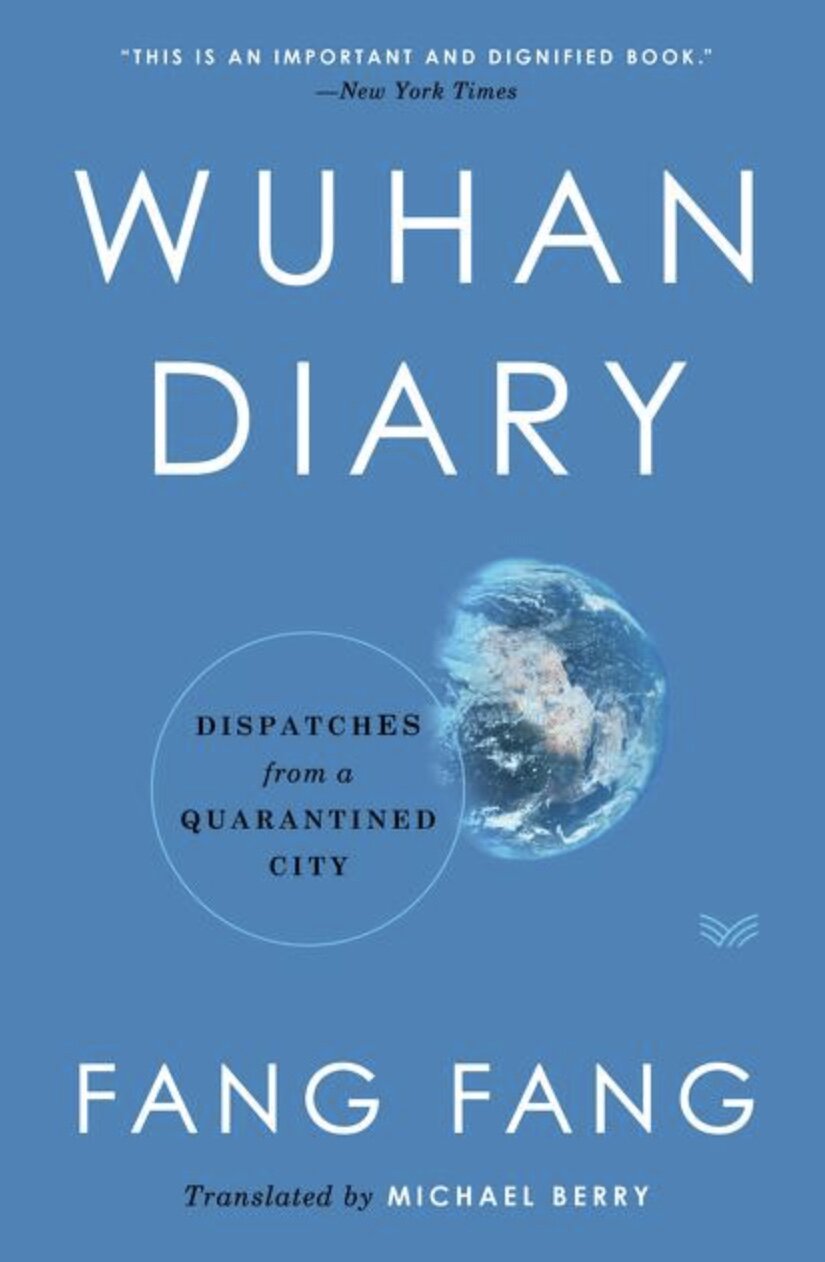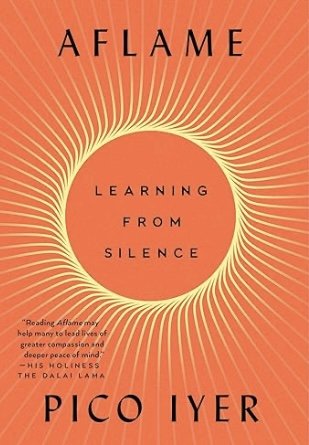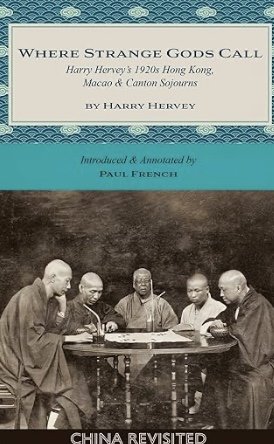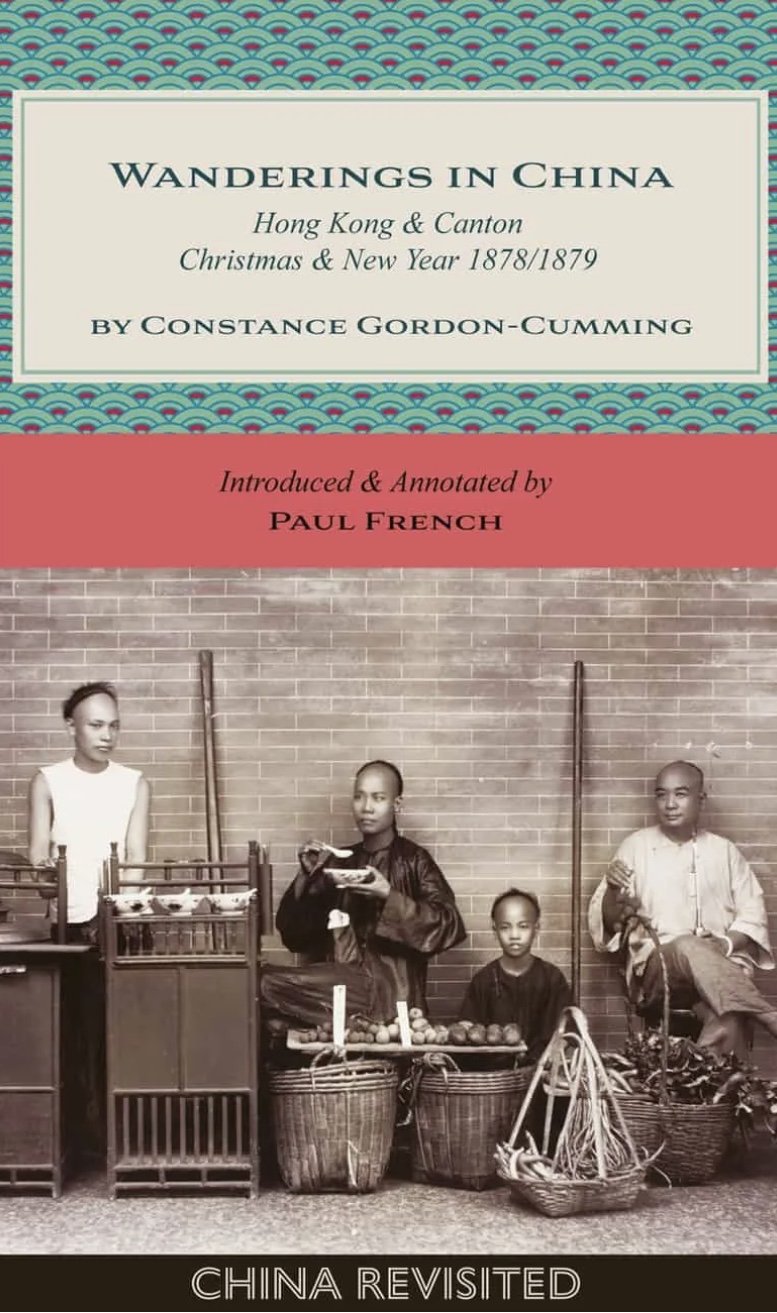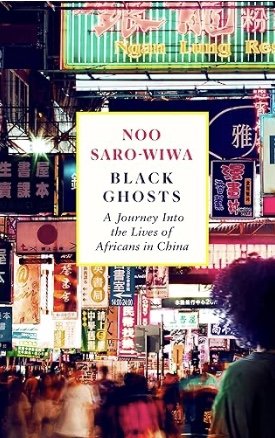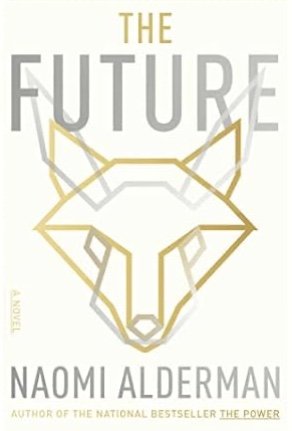Gold Diggers by Sanjena Sathian (Penguin Press, April 2021)
Although the publishing world seems to believe that light reading takes place only in summer, along with a tropical cocktail sipped under a beach umbrella, that’s not really when readers need something clever and diverting. We hunger for froth and frivolity when the days are short and dark, when everyone seems on their way to a holiday party to which we are not invited, Never has the need for smart fluff been more acute than during this December when none of us are invited to a holiday party and all of us are close to climbing the walls that we’ve been encouraged to remain within.
Still we want something that’s as smart as it is amusing, maybe holding a subtle sting while leaving no permanent scars, not quite as vicious as Evelyn Waugh but with more bite than Candice Bushnell. Bonus points are given for any book that delivers this as a delightful surprise, with a stiletto, not a sledge hammer.
Welcome to Gold Diggers, whose title gives subterranean clues to its subtlety. What begins as a high school romantic farce involving middle-class Indian American teenagers in a quiet suburb suddenly is alchemized into a fantasy in which a mother pilfers gold that’s brewed into a liquid that will give her daughter success. When the boy next door becomes involved, things get out of hand. Success is accompanied by tragedy, as King Midas once discovered, and the teenagers who have benefited from the magical potion drift apart.
But this is only a hook designed to pull readers into a world of satire that unexpectedly emerges from what at first promises to be Teen Angst, Bollywood Style. Suddenly Miss Teenage India and the high school debate champion are adults in the world of Bay Area high tech wizards; their friends work “for a Sherman Act-violating behemoth...always nursing side start-ups,” “helping robotic men build robots,” their incomes “supplemented with Bitcoin investments.” One of them is “a rarity in San Francisco, in that he had read a book not ghostwritten on behalf of an investor or a CEO.” They search for prospective mates on an Indian marriage app and buy houses in the “sunny small towns of the Bay Area, “the upper-middle-class Indian American promised land,” homes “full of smart thermostats and smart fridges.”
Sanjena Sathian cleverly dissects the difference between immigrants who are “fresh off a private jet,” rather than “off the boat,” the phenomenon of massive bridal expos held in regional convention centers, high school parties with a buffet table laden with chaat, pitchers of mango lassi and mini cheese pizzas in an “emptied three-car garage” the overwhelming need for “posh private school” graduates “to waltz into Harvard and Princeton and Vanderbilt and Georgetown.” But underpinning the satire and keeping it from turning into cruelty is a world of myth and history, a comic caper that threatens to end badly, and a love story that seems fated for disaster. Although Sathian seems to take a scalpel to the lives of a “model minority,” she actually directs it squarely into the heart of the exclusionary yet alluring American Dream, the one based on a Gold Rush and is still racing in that frenzied direction.~Janet Brown


